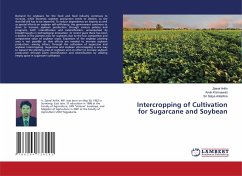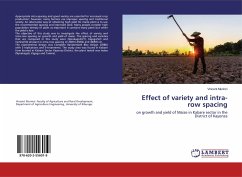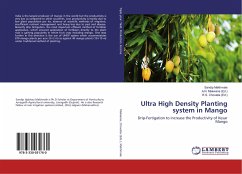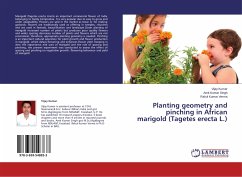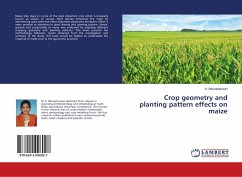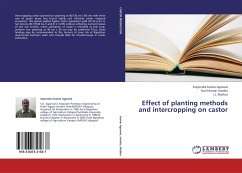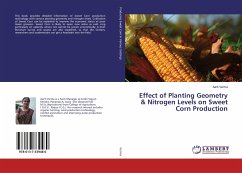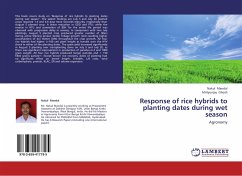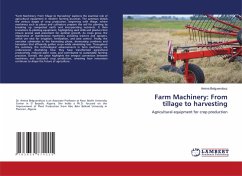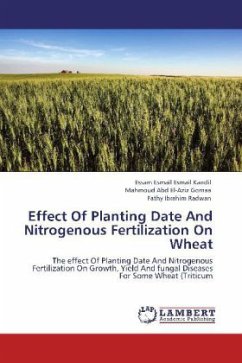
Effect Of Planting Date And Nitrogenous Fertilization On Wheat
The effect Of Planting Date And Nitrogenous Fertilization On Growth, Yield And fungal Diseases For Some Wheat (Triticum
Versandkostenfrei!
Versandfertig in 6-10 Tagen
39,99 €
inkl. MwSt.

PAYBACK Punkte
20 °P sammeln!
Yield response of three wheat (Triticum aestivum L.) cultivars (Gemmieza 7, Sakha 93 and Giza 168) to various sowing times was studied during the two 2006/2007 and 2007/2008 seasons. Three sowing dates were 5th November, 20th November, and 5th December. A split-split plot design was used. Wheat plants were sown on 20th November gave the highest values of the most of characteristics such as plant height, leaf area index, crop growth rate, spike length, number of spikes m-2, 1000- kernel weight, grain yield (Mg ha-1), harvest index and protein grains content in both seasons. Increasing N- fertil...
Yield response of three wheat (Triticum aestivum L.) cultivars (Gemmieza 7, Sakha 93 and Giza 168) to various sowing times was studied during the two 2006/2007 and 2007/2008 seasons. Three sowing dates were 5th November, 20th November, and 5th December. A split-split plot design was used. Wheat plants were sown on 20th November gave the highest values of the most of characteristics such as plant height, leaf area index, crop growth rate, spike length, number of spikes m-2, 1000- kernel weight, grain yield (Mg ha-1), harvest index and protein grains content in both seasons. Increasing N- fertilization rates up to 288 kg N ha-1 led to increased growth parameters, yield and yield components. 288 kg N ha-1 recorded the highest values of the most parameters in both seasons. Gemmieza 7 had highest values for most of growth characters, yield and its components compared with the other cultivars (Sakha 93and Giza 168). Sowing on 20 Nov. with 288 kg N ha-1 had significantly increased on most studied characteristics. There was no fungal diseases infection as affected by different sowing dates and nitrogen fertilization level of the three wheat cultivars during two sowing seasons.



